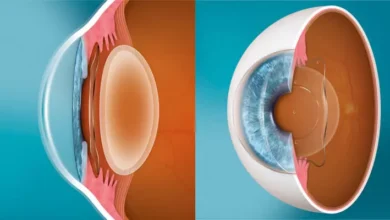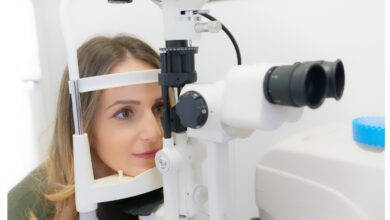Innovations in Medical Device Labeling: Trends and Best Practices

Key Takeaways:
- Understanding the importance of clear and compelling medical device labeling
- Discovering the latest trends and technologies enhancing labeling
- Learning best practices for compliance and accuracy in labeling processes
Introduction to Medical Labeling
Medical gadgets play an essential role in healthcare, and their labeling correctness cannot be stressed. As the healthcare landscape evolves, so do the practices and technologies surrounding the medical device labeling system. From ensuring compliance to embracing new digital solutions, the journey of labeling is continuously advancing, promising better safety and efficiency for medical professionals and patients alike. These advancements make it paramount to stay informed and adopt the best practices that align with current trends and future innovations.
The Importance of Accurate Medical Device Labeling
Accurate labeling is the cornerstone of safety and compliance in the healthcare industry. Medical device labels provide critical information, including instructions for use, safety warnings, and regulatory compliance data. A minor mistake in labeling can lead to severe consequences, impacting both patient safety and the trust placed in healthcare providers. For instance, incorrect dosing information or missed warnings could result in patient harm or complicate treatment procedures. Hence, it is crucial to implement efficient labeling systems that prioritize precision and reliability, ensuring that the information conveyed is clear, accurate, and complies with global health regulations.
Key Trends in Medical Device Labeling
Digital Transformation in Labeling
The digital revolution is transforming medical device labeling in unprecedented ways. With the integration of digital technologies, automation has taken center stage, seamlessly replacing manual processes prone to errors and inefficiencies. Digital systems enable healthcare facilities and manufacturers to update labels swiftly, ensuring regulatory compliance and minimizing the risk of misinformation. Innovations such as QR codes provide instant access to detailed information via digital platforms. These advancements reduce human error, increase efficiency, and build a culture of transparency and trust throughout healthcare institutions.
Sustainable Materials and Practices
The global push towards sustainability is revolutionizing labeling practices. As businesses work to lessen their environmental impact, there is a growing need for eco-friendly labeling solutions. Adopting sustainable materials not only aligns with corporate social responsibilities but also results in significant economic benefits. The reduction in resource usage and waste generation helps companies balance profitability with environmental stewardship. Exploring sustainable practices in packaging ensures that the quality of labels remains uncompromised while contributing positively to environmental conservation.
Best Practices for Labeling Compliance
Navigating the complicated regulatory landscape necessitates study and planning. Each region has established its own set of regulations and standards, necessitating a customized approach to compliance. To be compliant, businesses must continuously update their procedures and paperwork to reflect worldwide requirements. Comprehensive training programs for employees involved in labeling ensure adherence to these standards. Furthermore, periodic audits help identify areas for improvement, fostering a continuous improvement model that upholds accuracy and consistency in labeling processes.
The Role of Technology in Ensuring Accuracy
Emerging technologies like RFID, AI, and blockchain are playing pivotal roles in advancing medical device labeling. RFID technology assists in tracking devices throughout the supply chain, enhancing transparency and accountability. AI-powered systems predict potential lapses in labeling accuracy, offering predictive insights to mitigate risks proactively. Meanwhile, blockchain offers an immutable record of labeling information, significantly enhancing credibility and trust. The integration of these technologies ensures that healthcare providers depend on accurate and trustworthy information, ultimately ensuring patient safety and adherence to global standards.
Challenges Faced in Medical Device Labeling
Despite advancements, medical device labeling is not without its challenges. Frequently changing regulations require companies to remain agile and adaptable, a process that demands significant resources and commitment. Language and regional differences add another layer of complexity, as companies strive to maintain consistency across diverse markets. These challenges, while substantial, can be overcome through continuous learning, robust systems, and strategic partnerships. Acknowledging and addressing these hurdles head-on paves the way for consistent high standards in labeling accuracy and compliance.
Future Outlook: What’s Next for Medical Device Labeling?
The future of medical device labeling promises even greater integration of innovative technologies and solutions. Emerging trends suggest that digital and eco-friendly labeling solutions will continue to evolve, offering enhanced efficiency and compliance. As companies move forward, understanding future trends in medtech innovations will be crucial. These insights help organizations remain competitive, ensuring that their labeling practices align with cutting-edge technology and sustainability goals. This foresight not only enhances patient safety but also sets benchmarks for others in the industry to aspire to.




